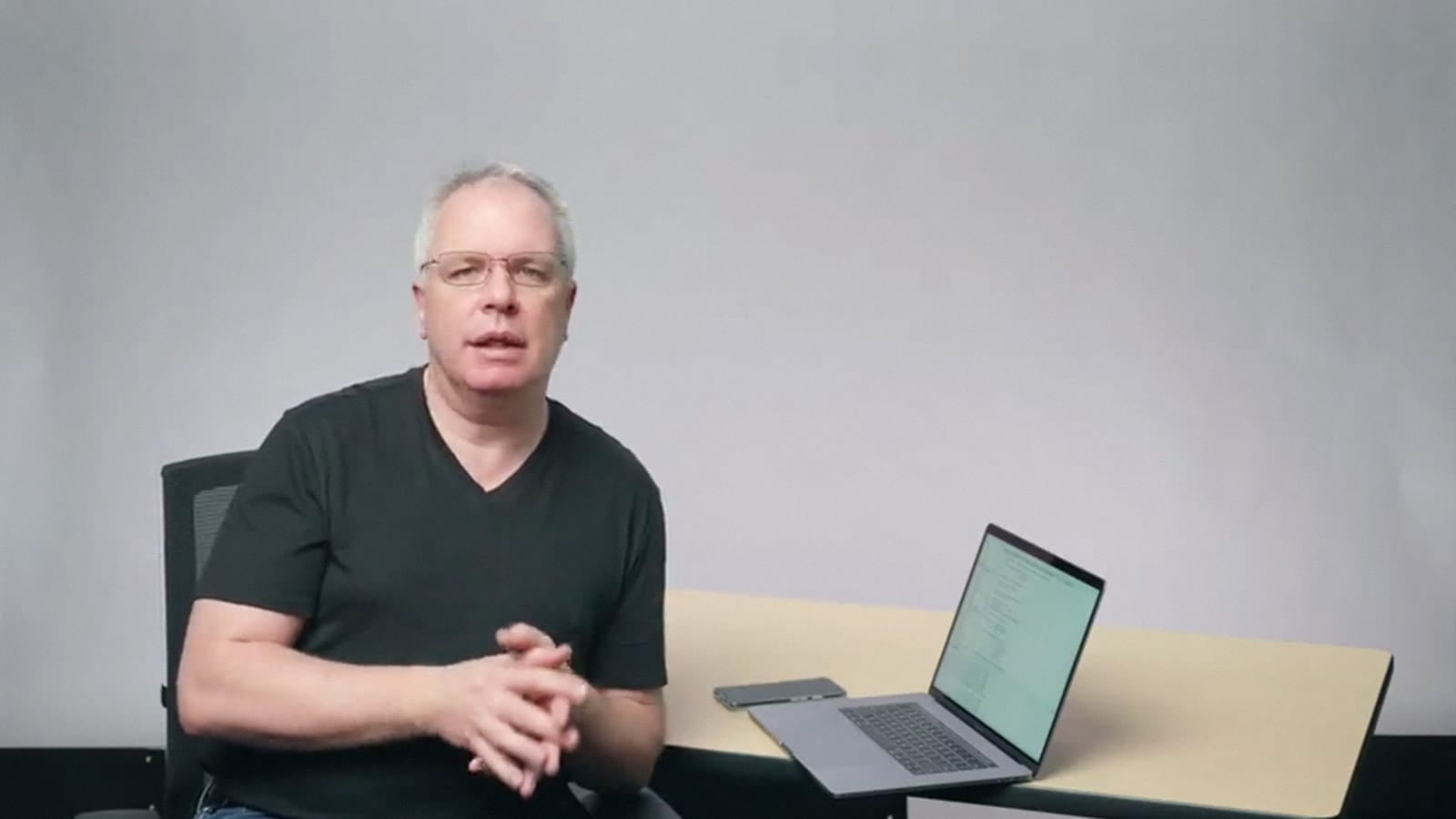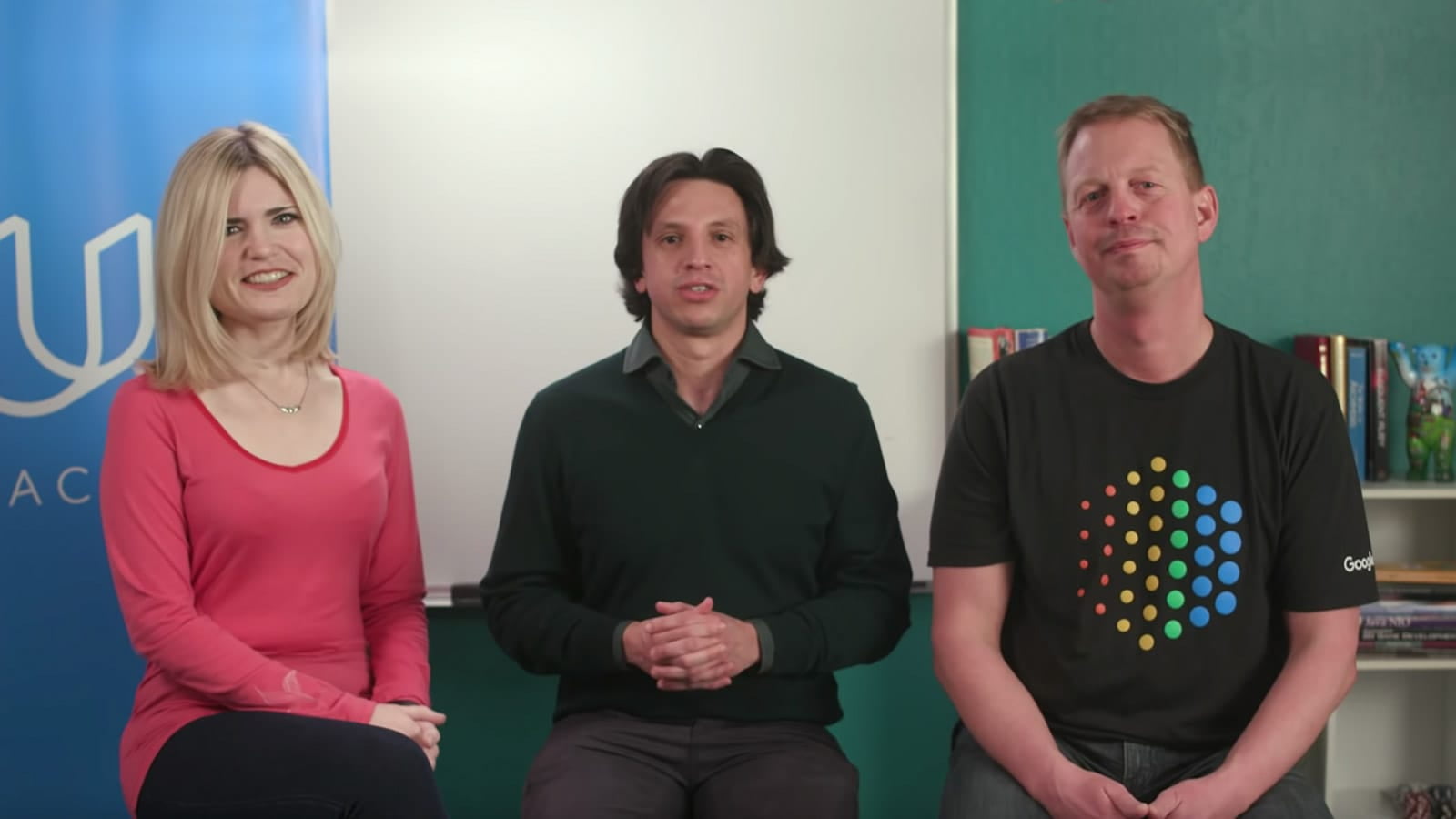مبانی یادگیری ماشین با TensorFlow
این برنامه آموزشی برای افرادی است که:
- در ML تازه کار هستند، اما دارای پیشینه برنامه نویسی متوسط هستند
این محتوا برای راهنمایی توسعه دهندگان تازه وارد به ML در مراحل ابتدایی سفر ML طراحی شده است. خواهید دید که بسیاری از منابع از TensorFlow استفاده می کنند، با این حال، دانش قابل انتقال به سایر چارچوب های یادگیری ماشین است.
مرحله 1: درک کنید که ML چیست
TensorFlow 2.0 برای آسان ساختن شبکه های عصبی برای یادگیری ماشین طراحی شده است، به همین دلیل است که TensorFlow 2.0 از یک API به نام Keras استفاده می کند. کتاب یادگیری عمیق با پایتون اثر فرانسوا شولت، خالق Keras، مکانی عالی برای شروع است. برای درک اصول ML از دیدگاه یک برنامه نویس، فصل های 1-4 را بخوانید. نیمه دوم کتاب به حوزه هایی مانند بینایی کامپیوتر، پردازش زبان طبیعی، یادگیری عمیق مولد و غیره می پردازد. نگران نباشید اگر این موضوعات در حال حاضر بیش از حد پیشرفته هستند زیرا در زمان مناسب معنی بیشتری خواهند داشت.

این کتاب مقدماتی یک رویکرد کد اول را برای یادگیری نحوه پیادهسازی رایجترین سناریوهای ML، مانند بینایی کامپیوتر، پردازش زبان طبیعی (NLP) و مدلسازی توالی برای زمانهای اجرا وب، موبایل، ابری و تعبیهشده ارائه میکند.

این کتاب یک مقدمه عملی و عملی برای یادگیری عمیق با کراس است.
⬆ یا ⬇
یک دوره آنلاین مانند مقدمههای Coursera's Introduction to TensorFlow یا Udacity's Intro to TensorFlow for Deep Learning ، که هر دوی آنها همان مبانی کتاب فرانسوا را پوشش میدهند، شرکت کنید. همچنین ممکن است این ویدیوها از 3blue1brown برای شما مفید باشد، که توضیحات سریعی در مورد نحوه عملکرد شبکه های عصبی در سطح ریاضی به شما می دهد.
تکمیل این مرحله به شما مبانی نحوه عملکرد ML را می دهد و شما را برای عمیق تر شدن آماده می کند.

DeepLearning.AI
معرفی TensorFlow برای هوش مصنوعی، ML و یادگیری عمیقاین دوره که با همکاری تیم TensorFlow توسعه یافته است، بخشی از تخصص توسعه دهندگان TensorFlow است و بهترین روش ها برای استفاده از TensorFlow را به شما آموزش می دهد.

در این دوره آنلاین که توسط تیم TensorFlow و Udacity ایجاد شده است، یاد خواهید گرفت که چگونه برنامه های یادگیری عمیق را با TensorFlow بسازید.
مرحله 2: فراتر از اصول اولیه
تخصص توسعه دهندگان TensorFlow را انتخاب کنید، که شما را فراتر از اصول اولیه به سمت مقدماتی Computer Vision، NLP، و مدل سازی دنباله می برد.
تکمیل این مرحله مقدمه شما را ادامه میدهد و به شما میآموزد که چگونه از TensorFlow برای ساخت مدلهای پایه برای سناریوهای مختلف، از جمله طبقهبندی تصویر، درک احساسات در متن، الگوریتمهای تولیدی و غیره استفاده کنید.

DeepLearning.AI
تخصص توسعه دهنده TensorFlowدر این تخصص چهار دوره ای که توسط یک توسعه دهنده TensorFlow تدریس می شود، ابزارها و نرم افزارهایی را که توسعه دهندگان برای ساختن الگوریتم های مقیاس پذیر مبتنی بر هوش مصنوعی در TensorFlow استفاده می کنند را بررسی خواهید کرد.
مرحله 3: تمرین کنید
برخی از آموزشهای TensorFlow Core ما را امتحان کنید، که به شما امکان میدهد مفاهیمی را که در مراحل 1 و 2 آموختهاید تمرین کنید. پس از پایان کار، برخی از تمرینهای پیشرفتهتر را امتحان کنید.
تکمیل این مرحله درک شما را از مفاهیم و سناریوهای اصلی که هنگام ساخت مدل های ML با آنها مواجه خواهید شد، بهبود می بخشد.
مرحله 4: با TensorFlow عمیق تر بروید
اکنون زمان آن است که به یادگیری عمیق با پایتون توسط فرانسوا برگردیم و فصل های 5-9 را به پایان برسانیم. همچنین باید کتاب آموزش ماشینی دستی با Scikit-Learn، Keras، and TensorFlow توسط Aurelien Geron را بخوانید. این کتاب ML و یادگیری عمیق را با استفاده از TensorFlow 2.0 معرفی می کند.
تکمیل این مرحله دانش مقدماتی شما از ML را تکمیل می کند، از جمله گسترش پلت فرم برای رفع نیازهای شما.

این کتاب با استفاده از مثالهای عینی، تئوری حداقل و دو چارچوب پایتون آماده تولید -Scikit-Learn و TensorFlow- به شما کمک میکند تا درک بصری از مفاهیم و ابزارهای ساخت سیستمهای هوشمند به دست آورید.

